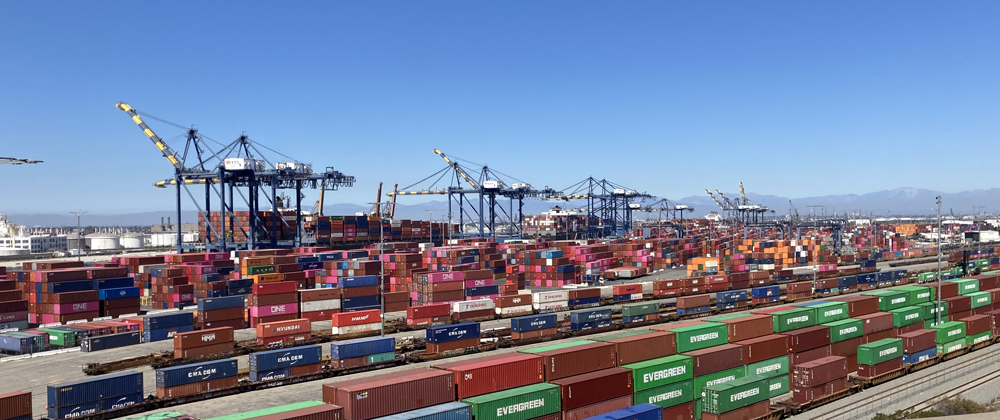
TUCSON, Ariz. — The Department of Transportation has released a list of 166 projects across the U.S. to receive more than $2.2 billion in funding under the Rebuilding American Infrastructure with Sustainability and Equity (RAISE) Program. Transportation Secretary Pete Buttigieg is marking the announcement today by visiting projects in Tucson and Phoenix that are among those receiving grants.
Rail, road, transit, port, and intermodal projects are eligible for the funding, with 50% of funds designated for projects in rural areas and 50% for projects in urban areas. No state could receive more than $341.25 million, and no single grant receives more than $25 million.
“We are proud to support so many outstanding infrastructure projects in communities large and small, modernizing America’s transportation systems to make them safer, more affordable, more accessible, and more sustainable,” Buttigeig said in a press release. Funding for the RAISE program more than doubled this year.
The DOT says projects were evaluated on criteria including safety, environmental sustainability, quality of life, economic competitiveness and opportunity, partnership and collaboration, innovation, state of good repair, and mobility and community connectivity.
At least 37 of the projects mention some rail component, such as improved overpasses over rail lines or access to stations. Large rail-related projects include:
— Tucson: $25 million to build a new bridge for 22nd Street over Union Pacific tracks and State Route 210, expanding the roadway from four to six lanes, eliminating a detour of up to 30 minutes because of weight restrictions on the existing bridge and allowing for rail freight expansion by increasing vertical clearance.
— California High-Speed Rail Authority: $25 million for designing infrastructure, track and systems, and station platforms on the Merced-Madera portion of the California high speed rail project.
— Fernley, Nev.: $25 million for the Victory Infrastructure project, which will add a new connection to Union Pacific’s main line and create a rail yard for Victory Logistics Park, as well as completing a connection from Interstate 80 to U.S. Route 50.
— Florida Department of Transportation: $24.9 million for safety measures along the 195-mile corridor shared by Florida East Coast Railway and Brightline, including fencing and grade crossing improvements such as Rail Dynamic Envelopes, which provide visual markings for areas where drivers, bicyclists and pedestrians should not stop.
— Spokane Valley, Wash.: $21.7 million for an underpass to replace a grade crossing with the BNSF Railway main line on Pines Road (State Route 27), including other highway improvements, new industrial access, and a new trailhead for the nearby Centennial Trail.
— New Carrollton, Md.: $20.5 million for multimodal improvements at the New Carrollton station, including a new train hall for MARC, DC Metrorail, and Amtrak service providing connections to bus services and the future Purple Line light rail system.
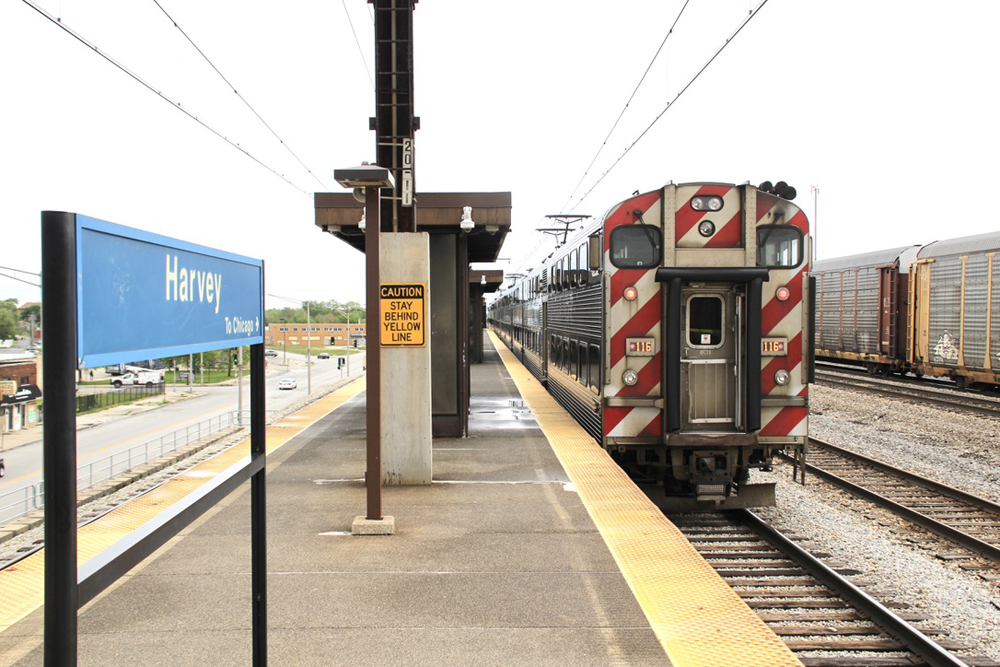
— Port of Los Angeles: $20 million for a bridge creating grade-crossing separation for the access route to a container terminal at Terminal Island. Truck delays at the current grade crossing are estimated to be 580 minutes a day, which can add a full day to container transit times.
— Harvey, Ill.: $20 million to convert an existing Metra train station and bus transfer location into an intermodal transfer facility, with improvements including a new train and longer platform and other station amenities.
— Richmond, Va.: $18.4 million to replace the more than 100-year-old bridge Arthur Ashe Boulevard bridge over CSX Transportation rail lines.
— Wilmington, N.C.: $18 million for a new intermodal facility at the Port of Wilmington, including construction of four rail sidings, paving of 9.7 acres around the sidings, and three pieces of equipment to load and unload rail container cars.
— Miami-Dade County, Fla.: $16 million for improvements at PortMiami including an expansion of intermodal rail capacity including construction of two new tracks of 3,200 feet and three new electric, rubber-tied cranes.
— Inglewood, Calif: $15 million for a 1.6-mile, elevated and automated transit system to provide a connection between an existing LA Metro light rail station, football and Olympic Games venue SoFi Stadium, entertainment facility the Forum, and residential areas.
A complete list of the 166 projects, with information on each, is available here.
Grantss previously announced by local legislators and reported by Trains News Wire include funding for railroad stations in Baton Rouge and Gonzales, La.; a multimodal project at the Port of Port Arthur, Texas; two projects in Mississippi; and grade-crossing separation programs in Illinois and Alabama.






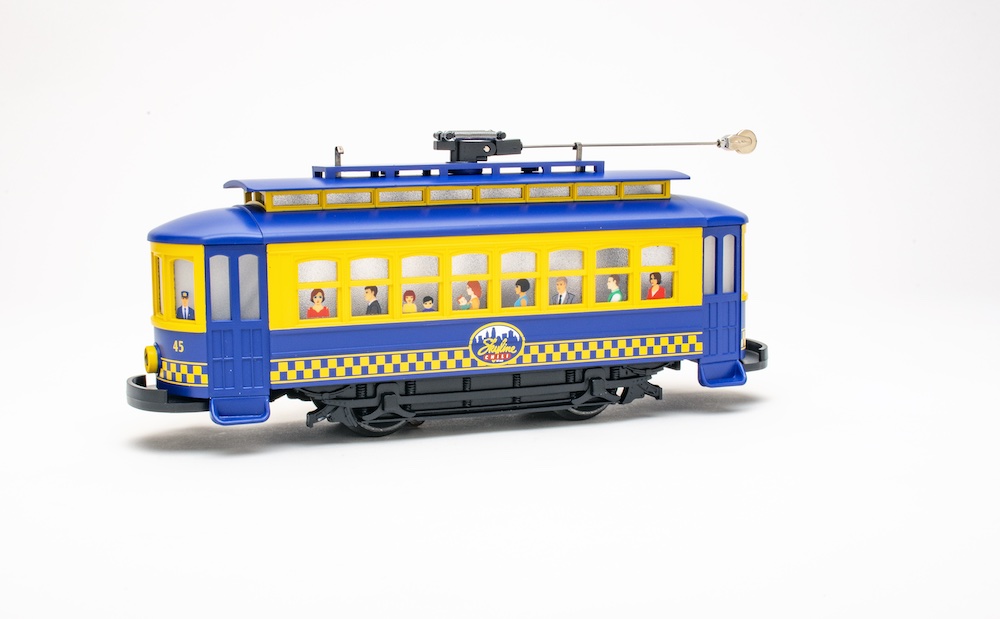
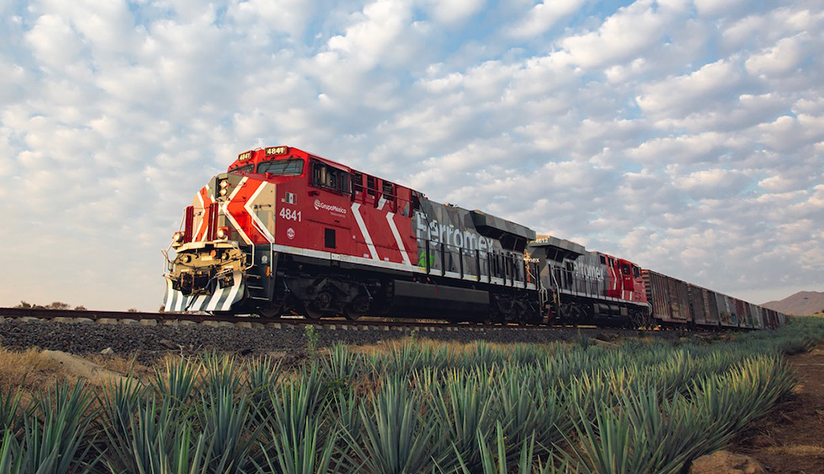
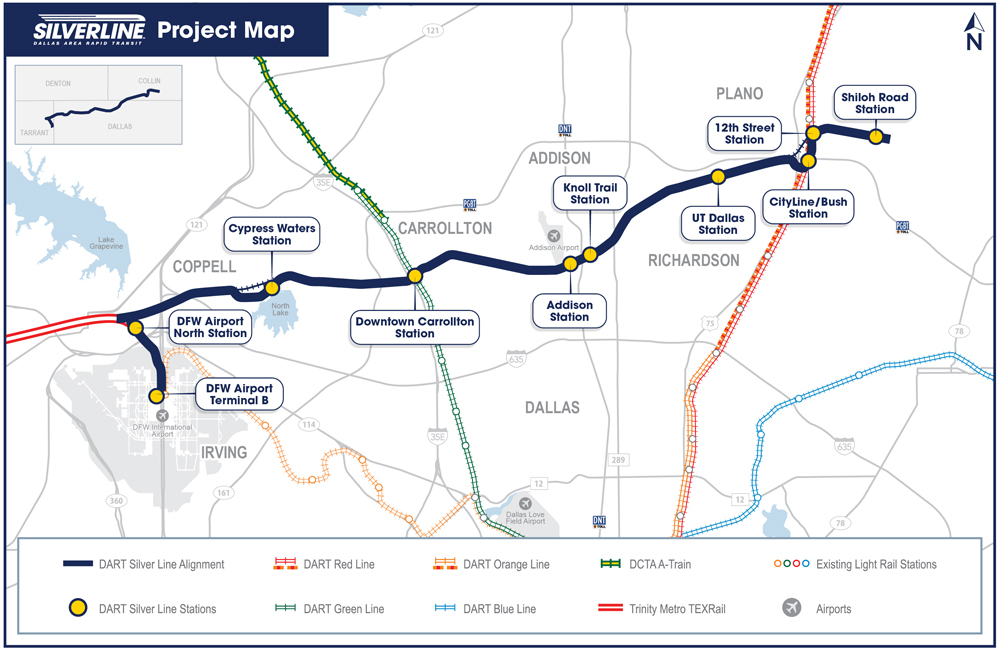
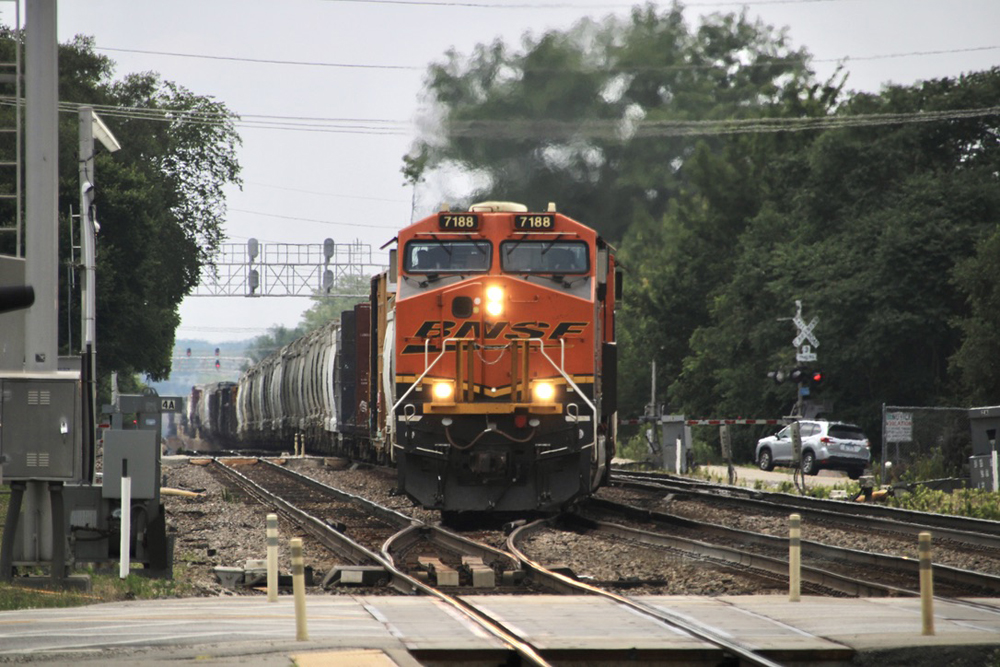




Let the projects rip. Don’t worry about the national debt. It is only $30.7 trillion. Add in state and local government debt, and the taxpayers are in hock to the tune of $33.9 trillion. What’s a few more hundred million?
It the projects are worth doing, they should be funded by the railroads or state and local highway departments.
Mr. Landry is partially correct. But it would not just be the CFO’s. It would be the whole executive team.
Amazing how many projects are in the South where transit is often nonexistent. The Dems bend over backward to please the South. If this list had been devised by [horrible] DOT Sec Elaine Chao under 45, the list would be massively skewed against Blue states where people use transit.
Um a lot of the listed projects are only tangentially related to interstate transport, I.e most of the grade separation policy. I bet it is even more true of the road projects. Nevertheless most are probably useful to those in the area as are bicycle projects. So let’s at least use the same criteria which Charles usually does.
Looking over the entire document I am struck by how many of the projects deal not with transportation improvements but with bike paths. Wouldn’t that money be better spent on REAL transportation projects, ones that will actually relieve bottlenecks?
Every time I ride on a bike path, I ask myself, Is this Interstate Transportation? The answer always comes back “NO”. So there is no call for it to be federally funded.
Of course we all know why federal funds are used for bike paths. The local bike path jurisdictions (in my area, Wisconsin DNR, Milwaukee and Waukesha Counties Parks, Cities of Wauwatosa and Brookfield parks) need to balance their budgets. The federals print money. Federal Fiat Currency counts as local in the annual budgets for states, counties, cities, school districts, etc. If our Federal government were a corpoartion, the CFOs would be in prison.